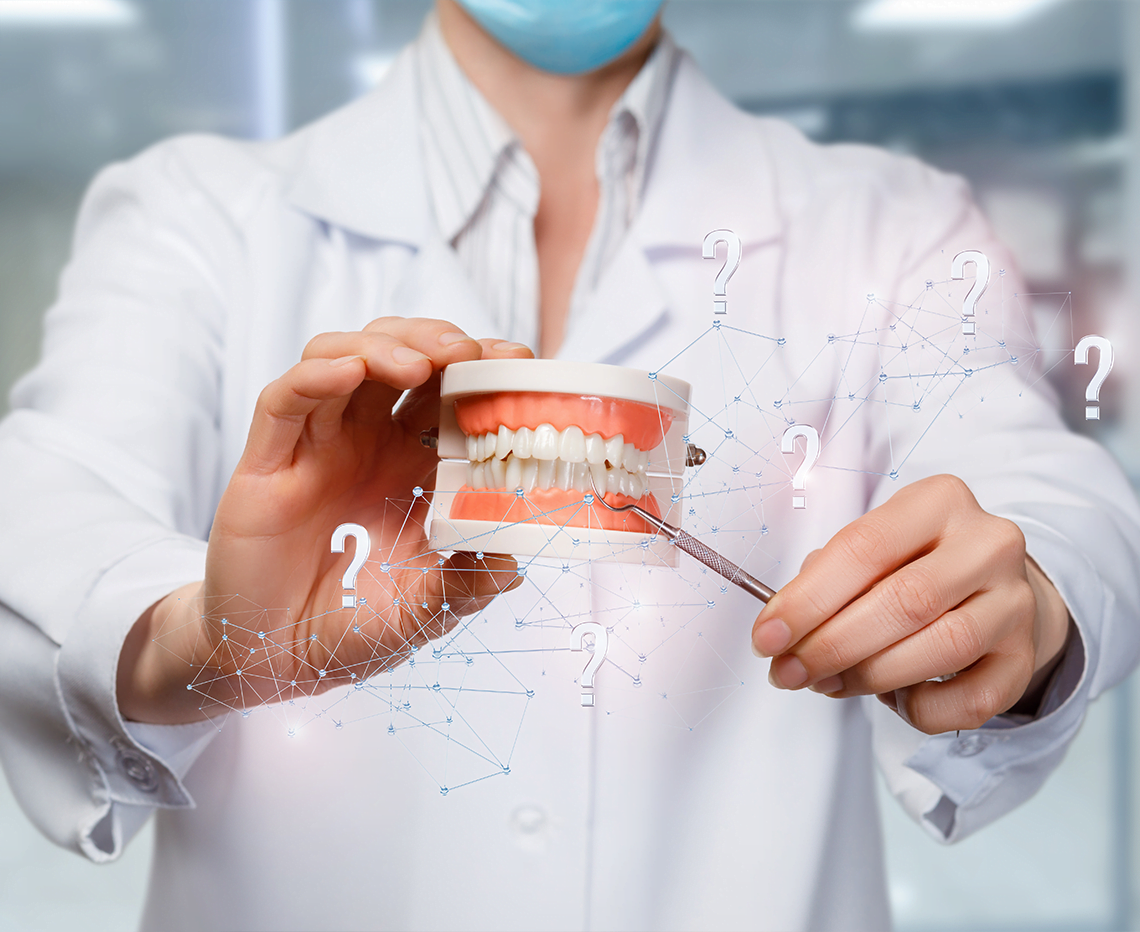
Periodontology
The hard and soft tissues around the gingiva are examined clinically and microscopically, disorders affecting these tissues are diagnosed, treatments are given, and afterward, the patient is kept in good health. In the beginning, gingivitis is the term used in periodontology to describe gingival illnesses. Gingival bleeding, red, swollen, sensitive gingiva, gingiva that is readily detached from the teeth, inflammation between the teeth and gingiva, teeth that swing and progressively pull apart, and persistent poor breath are all signs of gingival disease. At this point, gingival disease (periodontology) reversal might be feasible.
What is Periodontal Disease?
PD is an infectious disease caused by the serial flora found in the mouth. It affects and destroys the tissues that support the teeth (gums, periodontal ligament, and bone).
What are the Symptoms of PD?
- Inflammation of the gum
- Bleeding when brushing or flossing,
- Bad breath,
- Receding gums
- Tooth mobility
What causes PD and what factors are involved in its development?
The increase of bacterial flora in the mouth, plus a genetic predisposition for the disease causes the appearance of PD.
Other factors such as smoking, incorrect or insufficient oral hygiene, hormonal alterations, systemic illnesses like diabetes, certain medications, and so on can aggravate the problem.
How is PD treated?
PD treatment is performed by odontologists and its purpose is to re-establish the mouth health of the patient. This means reducing the level of pathogenic bacteria found in the mouth. Using mini-instruments and minimally-invasive techniques, periodontal disinfection treatment is carried out, eliminating the bacteria that have accumulated under the gums.
In some cases, depending on the type of PD, microsurgery is necessary for certain parts of the mouth, to restore the tissues that have been damaged or to allow access to very deep areas.
These microsurgical treatments are performed with the latest-generation microscopes and surgical microinstruments, which reduce the aggressiveness of the treatment and possible post-operative discomfort. It is often possible to avoid the use of sutures altogether.



